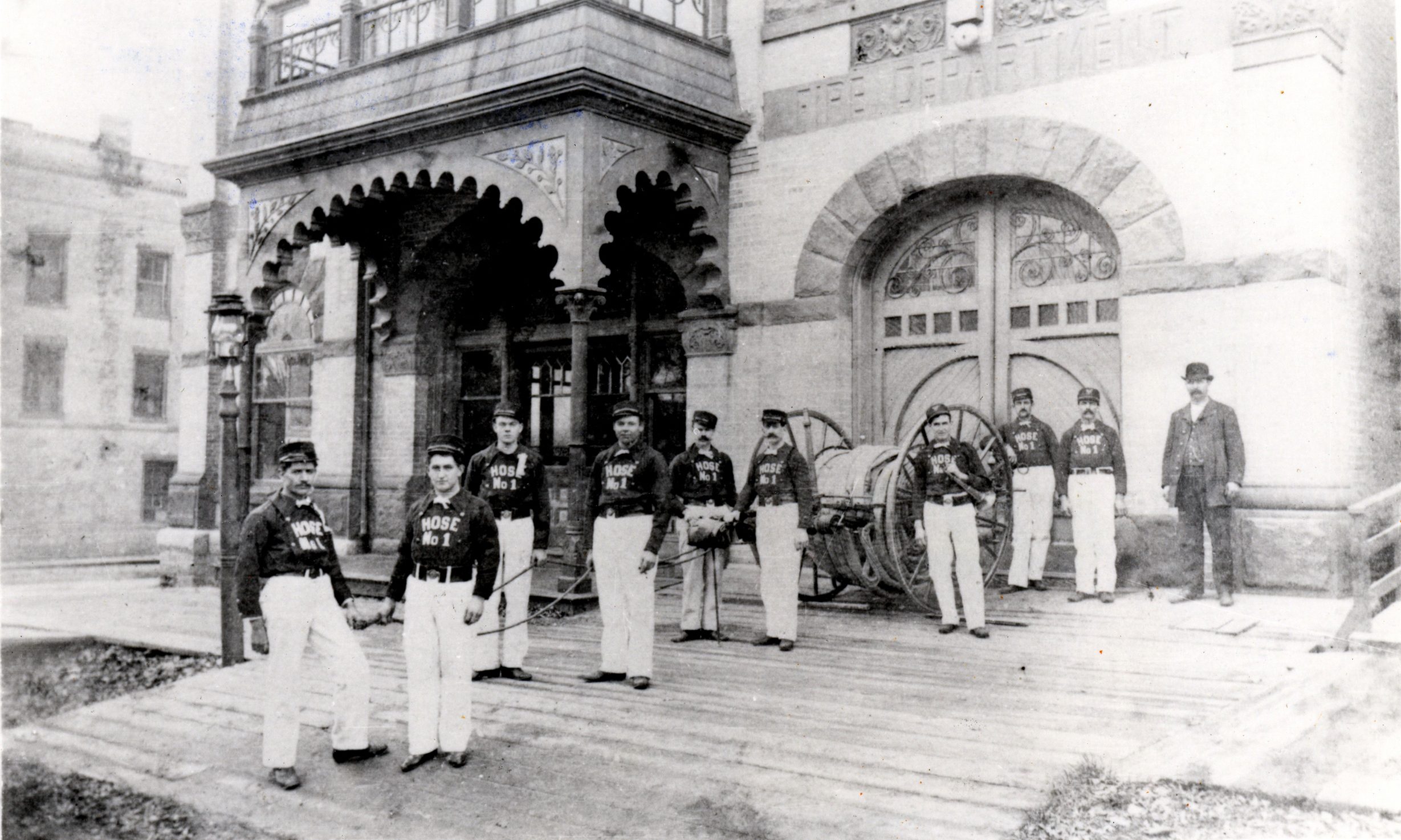A Legacy of Giving Back
The opening night of the Woodstock Opera House on September 2, 1890, brought people from all over the county. The Patti Rosa Players (one of the top acting troupes of the 1890’s) performed the light opera, Margery Daw. The Woodstock Entertainment Association was responsible for the programing two nights a month (they paid $12.95 a month in rent). This association also agreed not to present any programs of an “immoral nature.”
Since that opening night several other groups have supported the opera house through fundraising, and much hard work. These include The Woodstock Players (1947, graduates of the Goodman Theatre in Chicago), the Junior Civic Arts League (1960, a group of young people dedicated to presenting plays and repairing the Opera House); the Woodstock Fine Arts Association (1961-present, dedicated to enhancing the arts for all citizens and played a major role that led to the listing of the Woodstock Opera House on the National Register of Historic Places in 1974 making it eligible to receive federal funds toward its restoration, and The Woodstock Opera House Community Center, Inc. (established in the early 1970’s, a fundraising body, also supporting the1976 restoration).*
Today, another group is proud to carry on the tradition of supporting the Opera House. In 2004, the Friends of the Opera House was founded as a major fundraising organization for the Woodstock Opera House by John and Linda Puzzo, Sue Lavan, Bonnie O’Neill, Chris Bruden, Ted and Penny Pohlman, Sherri Anderson, Michael Standard, Bob and Mary Fran Madjak. The membership program, the many fundraisers and raffles, the donations, and bequests during the years, allow the Friends to support programming for the community, contribute to the enhancement of the building, and provide funds for needed equipment. Since its inception, the Friends of the Opera House have raised over $300,000 through fundraising and bequests.
Just as important as fundraising and programing is the Friends’ love of the Opera House. As the former president, John Puzzo, often states, “This is our Opera House.” The Friends strongly believe this lovely and historic building is, as Orson Wells said, “the soul of Woodstock”*, and it is crucial that it continues for generations to come.
Board of Directors
President / Peggy Hart
Vice President / Janie Czarny
Secretary / Bev Stewart
Treasurer / Dave Radford
Teresa Berry, Diane Burrs, Sandi Hall, Cathleen Huffman, John Puzzo, Linda Puzzo, Sandy Wilkin, Maura Simms, Janie Czarny, Kathy Brady-Murfin
Ex-Officio Board Member / David Victor
Standing Committees / Membership, Finance, Communications, Community Outreach, Fundraising, Nominations
Our Bylaws
News of the Friends of the Opera House

Opera House Open House a Huge Success!
A Look Back
How did the Opera House get Historical Landmark Status?
A group of dedicated community members who were passionate about the potential of the Woodstock Opera House and the power of the arts founded Woodstock Fine Arts Association (WFAA) in 1961. Their aim was to "produce entertainment of cultural, educational or civic value for the enjoyment of the whole community and to promote, encourage and sponsor the renovation, improvement, rehabilitation, restoration, use and maintenance of the Opera House.” They envisioned the Opera House as a focal point from which the arts in Woodstock and the surrounding area would be expanded and brought within reach of everyone. Just a few years later, in 1963, on the the recommendation of the Ford Foundation, WFAA invited George Izenour, head of Yale University’s technical theater department, to advise and guide the Association's plans to renovate and refurbish the Opera House. In a May 1972 letter, Izenour congratulated WFAA for its “dogged persistence in saving what is probably the only extant example of steamboat Gothic architecture left anywhere on dry land." This was an early step in the process, supported by the time, talent and treasure of WFAA, the City, and many others in the community, that ultimately led to the listing of Woodstock Opera House on the National Register of Historic Places in 1974, which made it eligible to receive federal funds toward its restoration.
Contributed by Mary Ellen Prindiville
